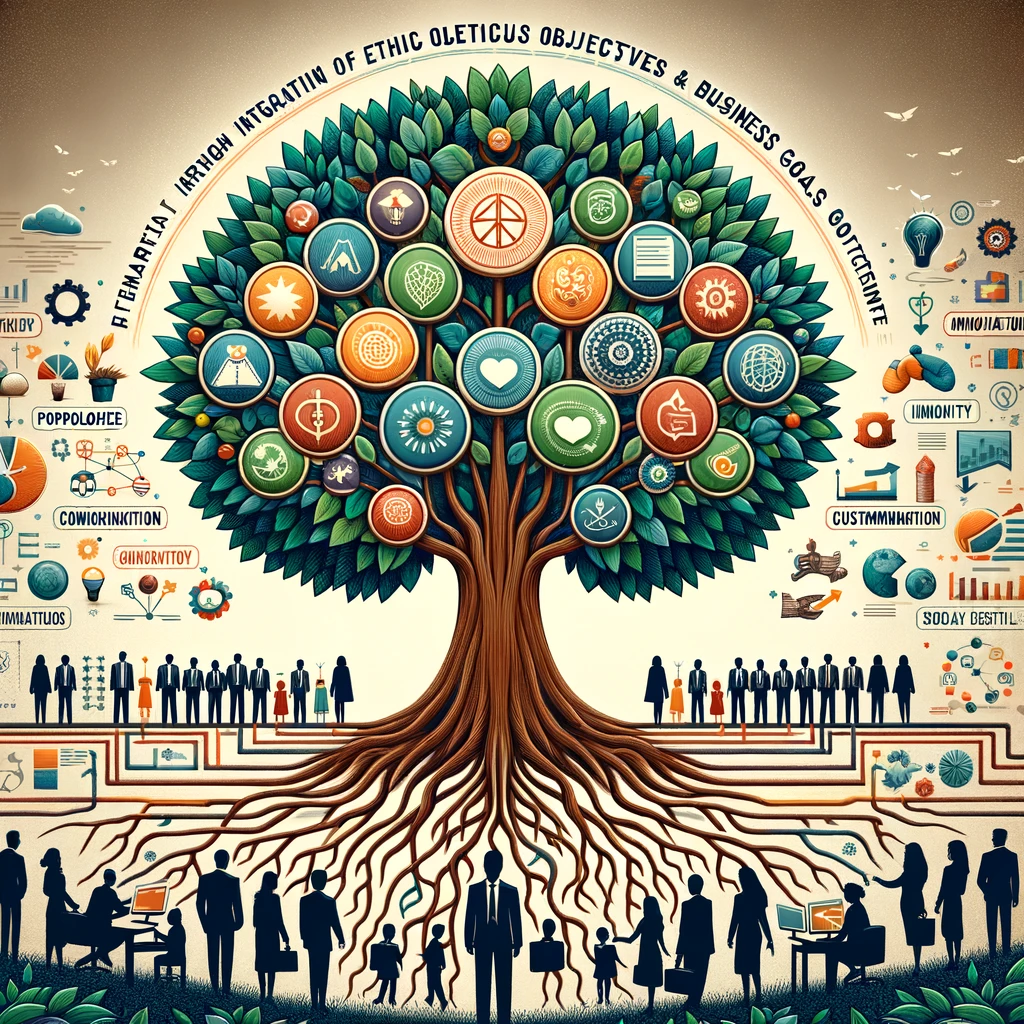2.2.1 – Draw, interpret and understand simple organisational charts
Definition of Organisation Structure
Organisation structure refers to how responsibility and authority is shared in a business organisation.
This is often displayed in the form of an organisational chart. The 2 common type of charts are
- Tall organisational charts – These have a long chain of command and a small span of control
- Flat organisational charts – Short chain of command, wide span of control
Advantages of an organisational chart
- Shows how everybody is linked together in a business
- Lines of communication are clear
- Motivational as employees can see where they belong and can plan their career paths
Chain of Command – is how the power and authority is passed down from the top of the organisation (managers) to lower employees
Span of Control – The number of employees working directly under a manager.

Levels of Hierarchy – Number of layers in an organisation structure
Advantages of short chain of command
- Faster communication– Communication is quicker and more accurate since it is passed on by fewer people.
- Stronger relationship between high-level managers and employees –This is because there are fewer levels between managers and employees.
- Each manager is responsible for more employees – This encourages them to delegate (pass down) more work to employees.
De-layering – removing an entire row of management
2.2.2 – The role of management
Roles of managers in a business.
- Planning
- Set goals for the future of the organisation.
- Give the business a sense of direction and purpose (e.g. we will aim to increase sales by 10% by next year.)
- Organising
- Organising of people and resources so that the business operates efficiently (Managers can’t do everything, they must delegate tasks to other employees)
- Coordinating
- Making sure all departments are working together to achieve the overall objectives and plans of the organisation. (e.g. Manager makes sure marketing and operations department work together to plan for a new product launch)
- Commanding
- Guiding, leading and supervising of employees in the organisation. (Managers need to make sure that employees are doing their work!)
- Controlling
- This involves monitoring performance to ensure that objectives will be met.
Delegation – Passing down authority and responsibility to a subordinate (employee)
Advantages of delegation
- More time for manager to do other tasks
- More interesting and rewarding work for employee (motivational)
- Employee feels trusted (motivational)
- Trains employee to do important tasks.
2.2.3 – Leadership styles
There are 3 main leadership styles – Autocratic, democratic and laissez-faire
Autocratic – Leader is in charge and gives orders to employees
- Makes decision alone
- Everything depends on the leader
- May de-motivate employees
- May be an advantage for some businesses where decision needs to be made quickly
Democratic – Other employees involved in decision making
- Communication between managers and employees
- Future plans are discussed with otheremployees
- Motivates employees because they are involved in making decisions.
- Sharing of ideas within the business.
- Can delay decision making
Laissez-Faire – “let it be” Leader sets objectives and employees makes decision and organise their own work.
- Can be useful when creative ideas are needed
- Highly motivational for employees as they control their own working life
- Poor coordination and decision making
- Relies on good team work
Leadership style may be dependent on various factors. e.g.
- Type of business (creative or supply driven)
- Nature of task (requires cooperation?)
2.2.4 – Trade unions
What is a trade union?
Trade union – Group of workers who have joined together to ensure their interest are protected.
Why join a trade union?
- Improved conditions of employment
- Improved work environment
- Improved benefits
- Improved job satisfaction
- Advice/financial support
- Strengthen the number (many employees will join)
Disadvantages
- Costs money to be a member
- May be forced to take action e.g. strike even if you don’t agree






